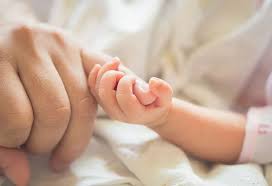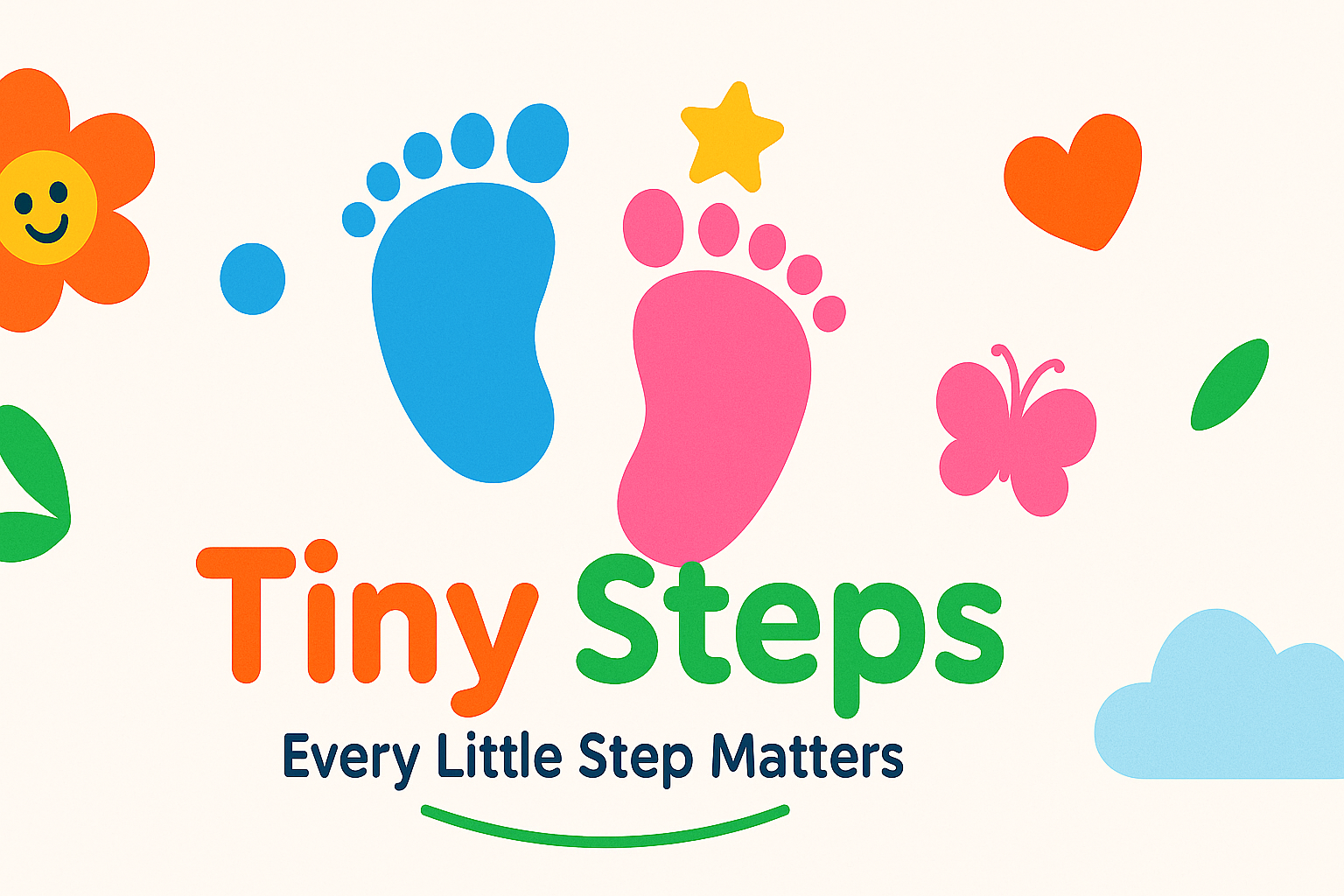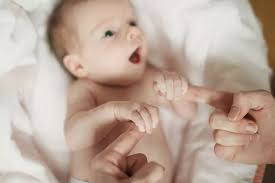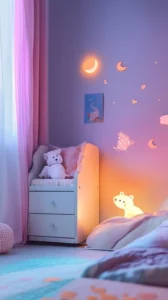A Baby’s First Reflexes: What Every Parent Should Know

Newborn babies enter the world with a set of automatic reflexes that help protect them in the early stages of life. These involuntary actions are signs that the baby’s nervous system is functioning well and adapting to life outside the womb.
Healthcare professionals often check these reflexes during routine checkups to ensure proper development. Here are seven key reflexes to watch for in your baby’s first months:
Contents
1. Walking Reflex
When you hold your baby upright with their feet touching a flat surface, you might notice them making stepping motions. This walking reflex is present from birth but typically fades after 3–4 weeks. Actual walking usually starts around 12 months of age.
2. Crawling Reflex
Place your baby on their tummy and you’ll see them instinctively lift their bottom and bend their legs. This early crawling motion disappears after about two months as your baby gains more muscle control and starts lying flat comfortably.
3. Rooting (Search) Reflex
Touch your baby’s cheek gently with your finger or nipple, and they’ll turn toward the stimulus with an open mouth, searching for food. This reflex helps babies latch for feeding and typically lasts up to 12 weeks.
4. Grasp Reflex
Place a finger in your baby’s palm and they’ll wrap their tiny fingers around it tightly. This natural grasp reflex usually disappears by three months as voluntary hand movement develops.

5. Sucking Reflex
This vital reflex ensures feeding success. When something touches the roof of your baby’s mouth—like a clean finger or nipple—they’ll instinctively start to suck. It’s one of the most important reflexes for early nourishment.
6. Diving Reflex
Also known as the “bradycardic response,” when a baby is submerged in water, their airway automatically closes to prevent water from entering the lungs. This protective reflex, present even at birth, supports safe water births and natural swimming tendencies for about 2 months.
7. Babinski Reflex
Gently stroke the sole of your baby’s foot and you’ll see their big toe curl upward while the others fan out. This reflex typically lasts until the baby is around 2 years old and is an important neurological marker.
Each of these reflexes plays a key role in your baby’s early growth and neurological development. As your baby grows, these automatic movements will gradually fade and be replaced with conscious, voluntary actions.
If you notice that any of these reflexes are absent or persist longer than expected, it’s a good idea to consult your pediatrician for a developmental evaluation.





